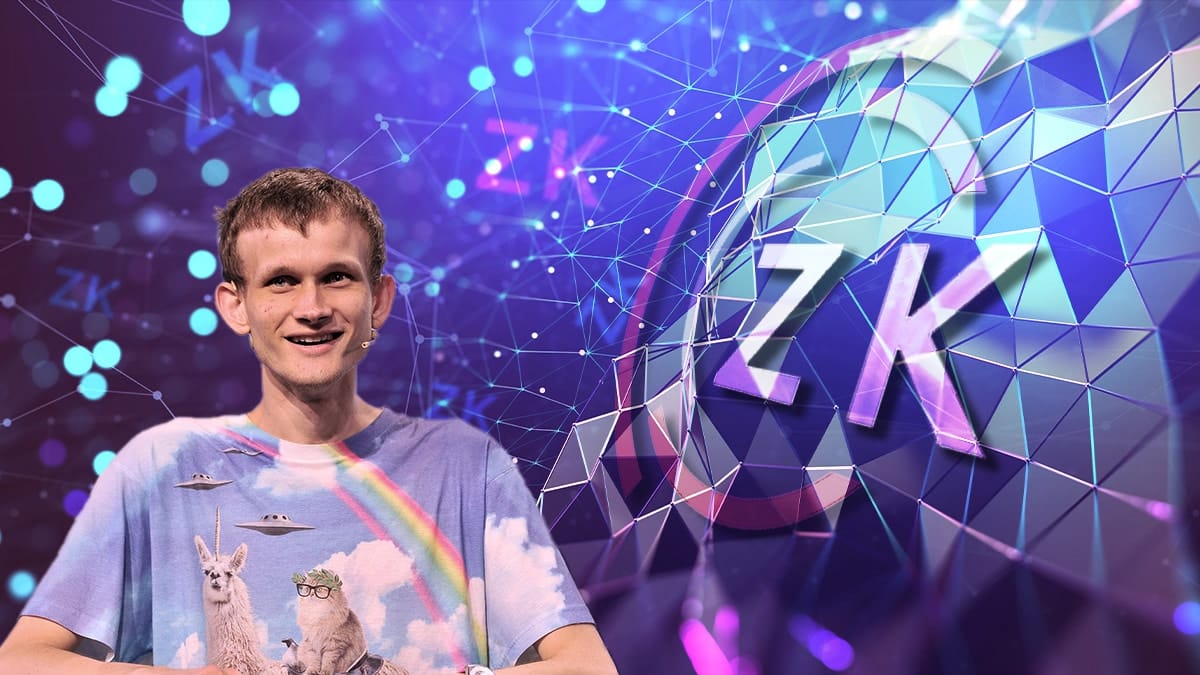Key facts:
They will only treat a project as a rollup if it meets this requirement.
So far, they have accepted any project that claims to be on the path to decentralization.
Vitalik Buterin, founder of Ethereum, considers the standard for second layers (layers 2) Ethereum should be more strict. As a result, he assures that starting next year he will only make public mention, in blogs and talks, of layer 2 projects that are at least in phase one of decentralization.
“It doesn’t matter if I invested, or if you are my friend; stage 1 or nothing,” Buterin said in a post on social network X. He adds that he may grant a “short grace period” on public mentions to new projects that prove interesting. Still, he thinks reaching stage 1 is a moderate and reasonable milestone.
The era of glorified multisig rollups is coming to an end. The era of crypto trust is just around the corner.
Vitalik Buterin, founder of Ethereum.
As CriptoNoticias reported, rollups are a tool used by cryptocurrency networks to process multiple transactions more quickly and cheaply outside the main chain.
What is Stage 1 of decentralization?
Stage one of decentralization is achieved by a project when it is governed by smart contracts on the one hand, while a security council, on the other, is present to fix possible bugs and errors.
According to an Ethereum second layer researcher:
“This stage is characterized by the implementation of a fully functional proof system, the decentralization of fraud proof submission, and the provision of user exits without operator coordination.”
L2BEAT, L2 Scalability Researcher on Ethereum
For Buterin, the phase one standard to be respected is that the operators’ council have a 75% threshold, so that the testing system can be overridden if necessary. Of that proportion, 26% or more must be outside the rollup development team. He concludes by saying: “the multisigs I’m in haven’t had a single activity failure in years, let alone 26%,” referring to phase one of decentralization. Unlike phase one, phase 0 is characterized by the rollup being completely operated by the developers.
In his X post, Vitalik attaches an image on which he bases his opinion, according to which it was sufficient for L2s to claim to be on the way to decentralization to be treated as ‘rollups’ and promoted on Ethereum. From now on, he established a more solid demarcation criterion according to which, To call a project a ‘rollup’, it must have reached at least that first phase of decentralization.
Phase 2: Autonomous rollups executed by codes
After the first phase of transition, Ethereum projects on the path to decentralization enter the second and final phase: when the rollup becomes fully managed by smart contracts.
At this stage, the role of the developer council changes:
The role of the Security Council is strictly limited to addressing robustness errors that can be adjudicated on-chain, and users are protected from governance attacks.
L2BEAT, L2 Scalability Researcher on Ethereum
The image posted by Vitalik sums up the second phase this way: “a world where rollups are backed by code, and the security council only intervenes if said code demonstrably disagrees with itself.”


